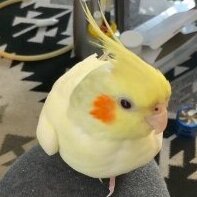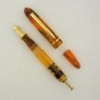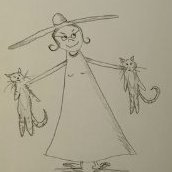Cursive Lowercase "r"
Lowercase cursive "r"
650 members have voted
-
1. How do you write your cursive lowercase "r"? (please see picture)
-
1. Upright stroke followed by a small "hook".196
-
2. Slanted upstroke, then a gentle slide downwards, followed by a steep curve downwards.434
-
3. I always capitalize the "R" (even within lowercase text).8
-
4. Some other way (feel free to specify below).56
-
5. I always skip the lowercase letter "r" when I write anything!4
-
-
Forum Statistics
355.5k
Total Topics4.6m
Total Posts -
Member Statistics
128,445
Total Members18,857
Most OnlineNewest Member
Mabi
Joined -
Images
-
Albums
-
Dip Pens
- By shalitha33,
- 0
- 0
- 11
-
Pics for posts
- By ZeroDukE,
- 0
- 0
- 17
-
4posts
- By Tashi_Tsering,
- 0
- 0
- 83
-
Uploads
- By hari317,
- 0
- 0
- 74
-
USG 10
- By USG,
- 0
- 0
- 91
-



















.thumb.jpg.f07fa8de82f3c2bce9737ae64fbca314.jpg)



desaturated.thumb.gif.5cb70ef1e977aa313d11eea3616aba7d.gif)









.thumb.jpg.3af3eb57a0bc069ef20476220b4d1b2e.jpg)


























Recommended Posts
Create an account or sign in to comment
You need to be a member in order to leave a comment
Create an account
Sign up for a new account in our community. It's easy!
Register a new accountSign in
Already have an account? Sign in here.
Sign In Now